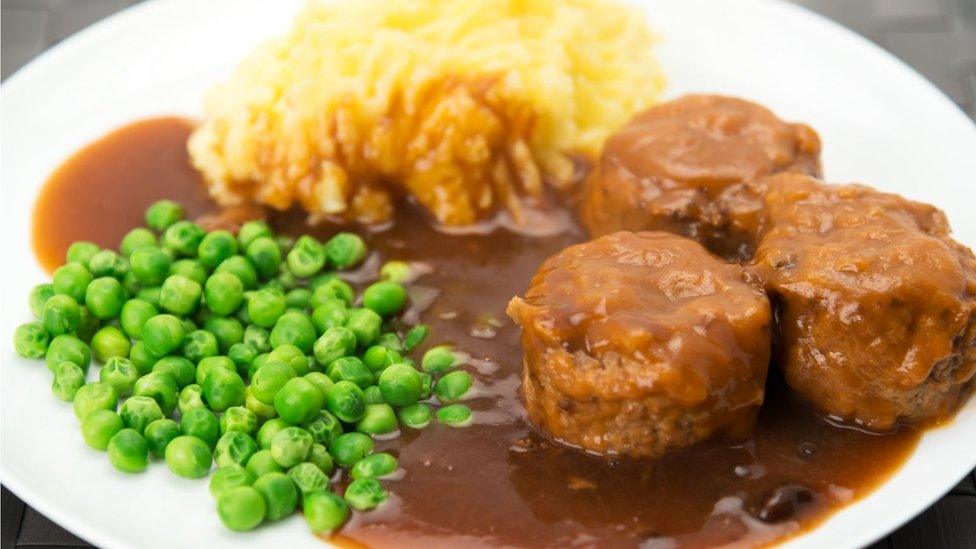West Midlands: Three things you wanted to know
- Published
Ask us your questions about where you live
People have been using Your Questions to ask us what they want to know about the West Midlands.
You wanted to know when the top of the Rotunda building in Birmingham will be finished.
You were also curious to know the source of a Shropshire spring and if the water was safe to drink.
And you asked us what Worcester is most famous for. Here is how we got on with answering your questions.

"When is the top of the most iconic building in Birmingham - The Rotunda - going to be finished? What happened to the planned Lightbox?"
In the 1980s the top of the landmark featured a giant Coca-Cola neon sign. There was a plan to replace that with an LED "Lightbox" from about 2008 , externalwhen developer Urban Splash was looking after work on the building.
It was hoped local artists and school children would create artworks for features which had some link to the city.
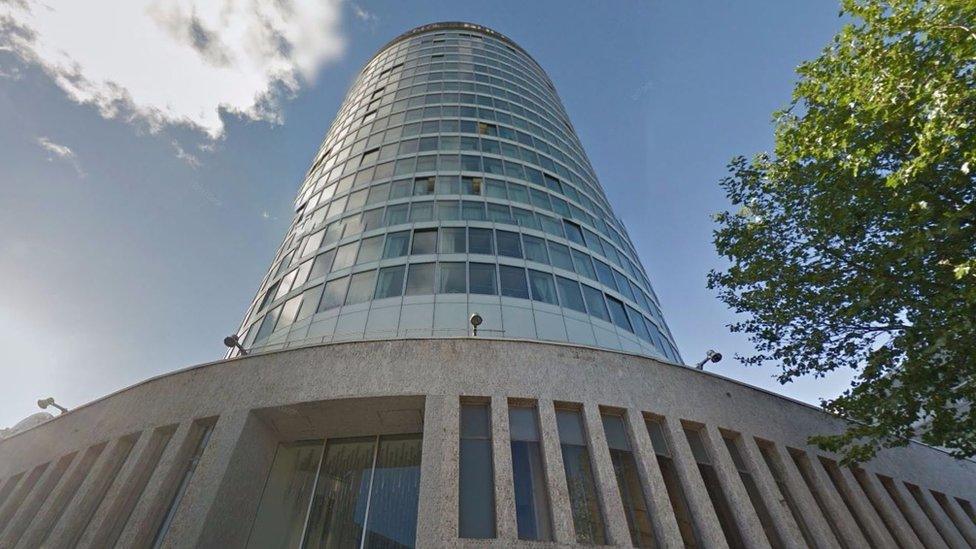
The iconic Rotunda building in Birmingham city centre is leased by the Bullring
The current head leaseholder, The Bullring, said it was "working up options for the Rotunda building signage as part of a wider project" and it anticipated works would be completed in the next 12 months.
"The Lightbox is one of the options being considered but as of yet it is not confirmed," it said.

Where does the spout water come from in Benthall, Shropshire and is it safe to drink?
Local historian Steve Dewhirst has found newspaper records of a spring in Benthall going back to 1864, when the Eddowes's Journal describes water being drawn from it during a drought.
It was used as a water supply for the village before mains water arrived and people have been recorded drinking the water, using it to make beer, washing their cars with it and even bathing in it.

It is not clear whether the water from the spring in Benthall Shropshire is safe to drink
Although this spout is referred to in some records as the "mine spout" Mr Dewhirst believes the water comes from a natural spring.
He says the word "mine" probably just reflects the general location of the spout.
Finding out if it is safe is harder, because neither Severn Trent Water nor the Environment Agency nor the Drinking Water Authority have responsibility for this water supply.
Although The Coal Authority has fenced off the cistern behind the spout, the spout itself is still free for the public to use.

What is Worcester most famous for?
We have narrowed the city's reputation down to a sauce, pottery,, external gloves, external and a battle, external.
Almost everyone has heard of Worcester sauce - the pungent brew that can be added to everything from cheese on toast to a Bloody Mary.
It's so famous it was included in the BBC's list of the history of the world in 100 objects.
But look closely at the bottle and you'll find that the most famous product of the Lea & Perrins factory in Worcester is actually called Worcestershire Sauce.
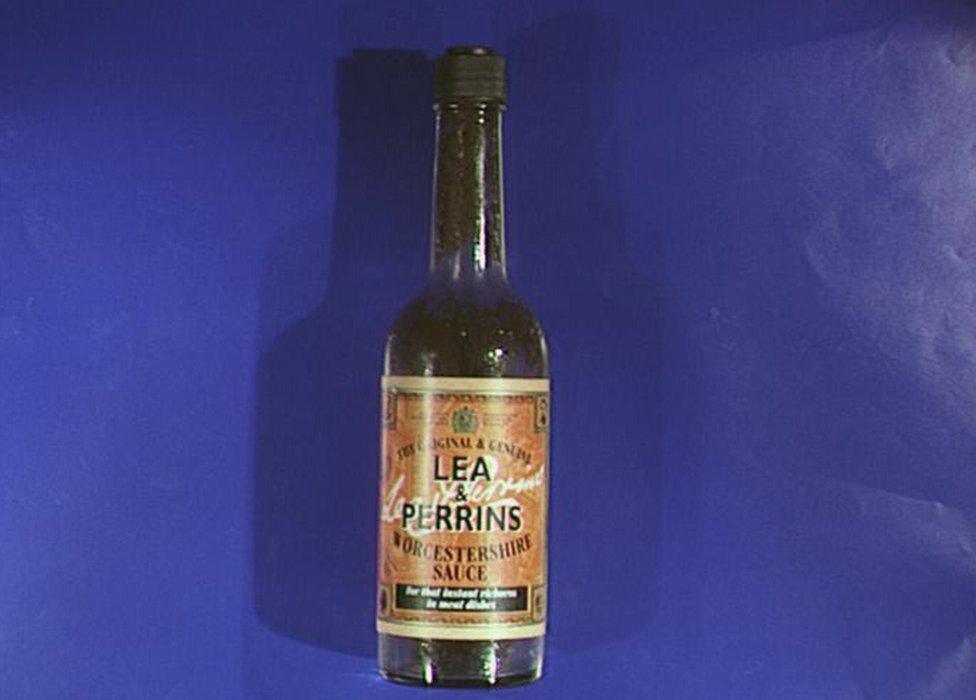
Worcester sauce as it is know is actually called Worcestershire sauce
The famous sauce was first created by Worcester chemists John Wheeley Lea and William Henry Perrins, and first went on sale in 1837.
According to the Lea & Perrins website, external only "a lucky few" know the exact recipe, but the sauce has been matured for 18 months to get that distinctive taste.
You could of course serve your Worcestershire sauce-enriched cheese on toast on a Royal Worcester porcelain plate.
The porcelain factory was established in the city back in 1751, and got its royal endorsement for the quality of its work in 1789.
Sadly, Royal Worcester is no longer made in the city and the old factory has been turned into flats.
The Museum of Royal Worcester, external is still in the city though, where you can see many of the finest pieces created at the works.
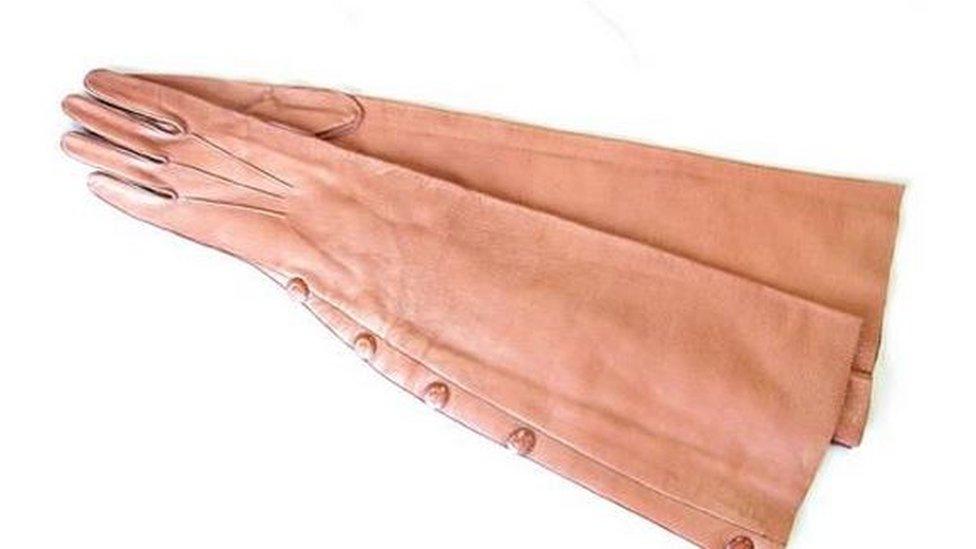
Up to 30,000 people were employed by glove making factories in Worcester between 1790 and 1820
Also handy to know is that between 1790 and 1820 there were more than 150 glove manufacturers in Worcester, employing up to 30,000 people.
Fashions change though, and the industry gradually died out - but its fame was sufficient for these gloves to be included in the BBC list of the history of the world in 100 objects.
The importance of the industry to Worcester is commemorated in the popular name for the spire of St Andrew's church in the city centre.
The body of the church was demolished in the late 1940s, but the spire is still a distinctive landmark, known locally as The Glover's Needle.
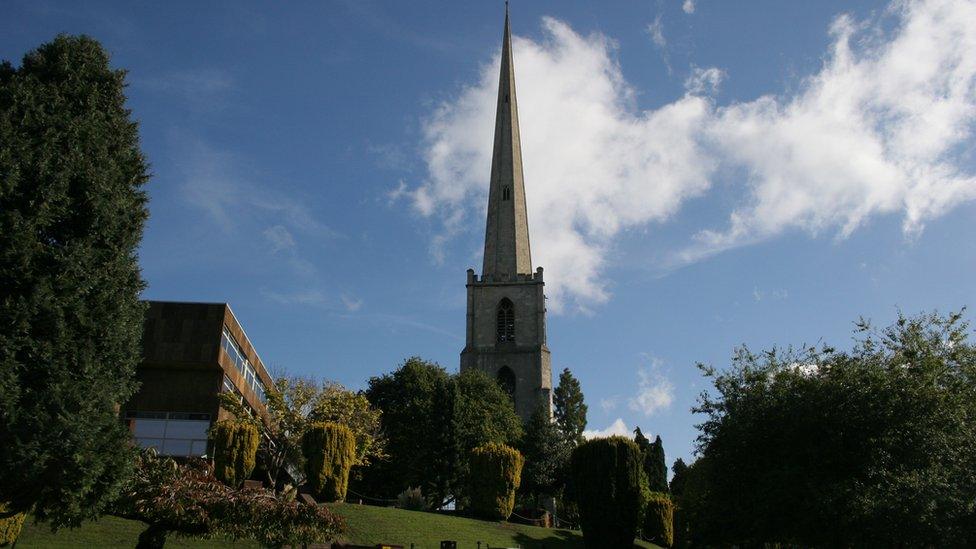
The spire of St Andrew's Church in Worcester is known locally as The Glover's Needle.
The first and last battles of the English Civil War took place in Worcester.
The first took place on the 23 September 1642 - though the Battlefield Trust, external say it could "probably be better described as a skirmish".
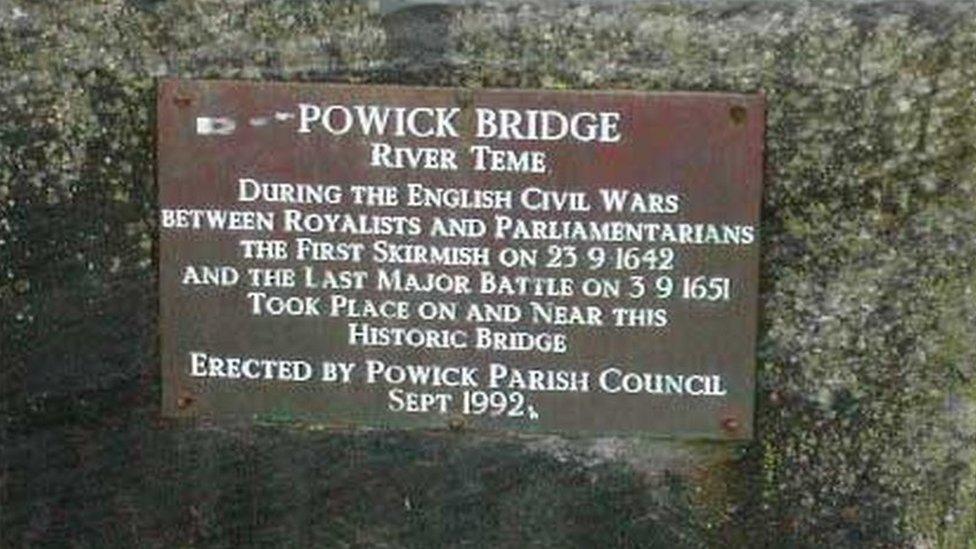
A plaque commemorating the battles can be found on Powick Bridge
Royalist cavalry, under the dashing Prince Rupert, routed a Parliamentary force.
Nine years later there was a far bigger battle at Worcester, external, as a largely Scottish army commanded by Charles II came up against the New Model Army, under the generalship of Oliver Cromwell.

Have you got a question about the West Midlands?
It could be a burning issue, or something you have always wondered about.
Use the tool below to send us your question and we could be in touch.

- Published14 April 2017
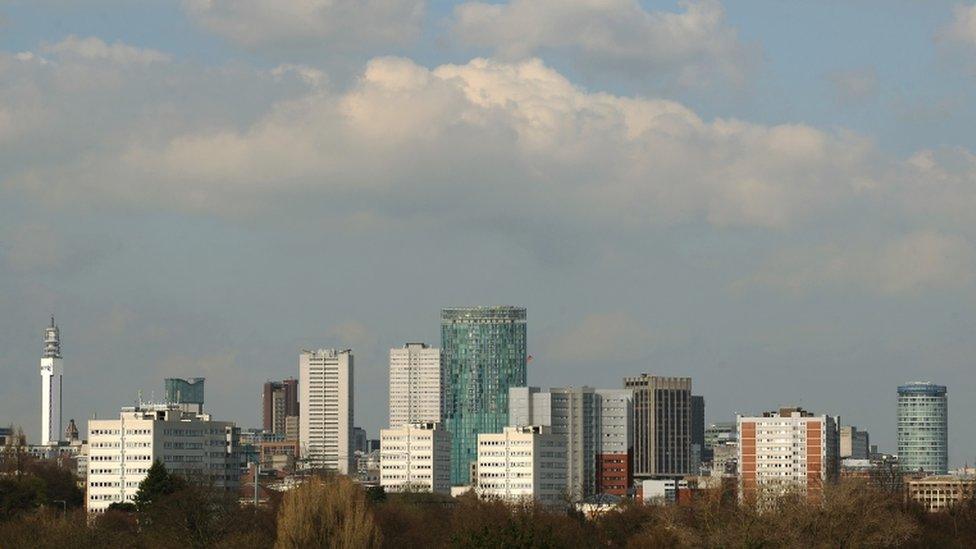
- Published8 April 2017
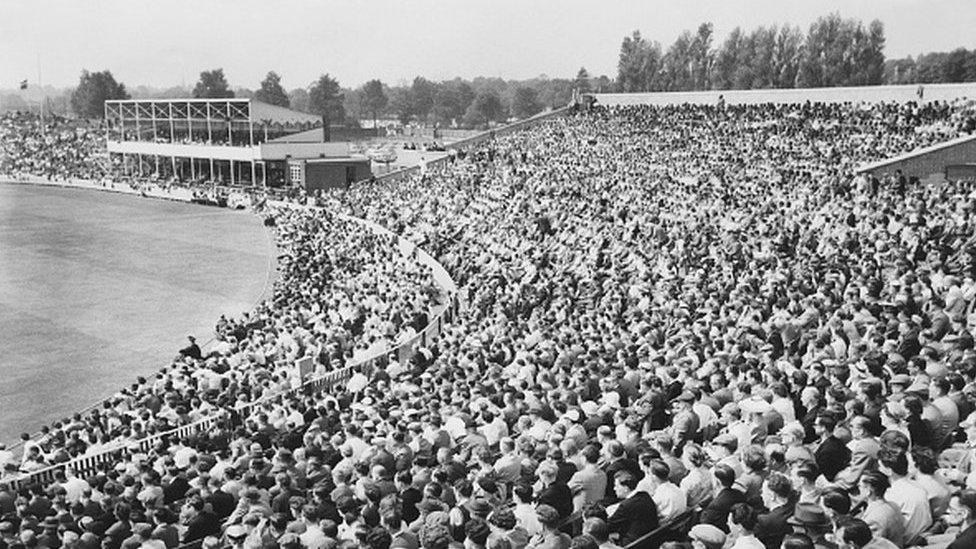
- Published31 March 2017
